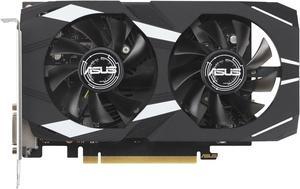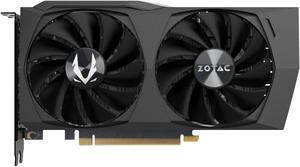- Home
- Components & Storage
- GPU & Video Graphics Device
- GPUs / Video Graphics Cards
GPUs / Video Graphics Cards
- Remove Combo
Deal Options
- In Stock
- Sold by Newegg
- AI Ready
- Brands
- Show More
- Price
- Show More
- GPU
- Show More
- Chipset Manufacturer
- Memory Size
- Show More
- Cooler
- Show More
- Max GPU Length
- Features
- Form Factor
- Interface
- Show More
- Memory Interface
- Show More
- DisplayPort
- Show More
- HDMI
- Slot Width
- Recommended PSU Wattage
- Virtual Reality Ready
- Thunderbolt 3
- Core Clock
- Memory Type
- Show More
- DirectX
- Show More
- Max Resolution
- Show More
- DVI
- Multi-Monitor Support
- SLI Support
- CUDA Cores
- Show More
- Boost Clock
- Stream Processors
- Show More
- CrossFireX Support
- Low Profile Bracket Included
- All Top Brands
- Availability
- Condition
- Current Promotion
- Discount
- Sold by
- Useful Links
- Show More
- Customer Ratings
- & up
SHOP BY GPU
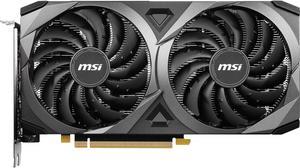
- Model #: RTX3060Ventus2X12GOC
- $329.99
- $299.99 –
- Save: 9%
- More options from $299.99 - $390.00
- $9.99 Shipping
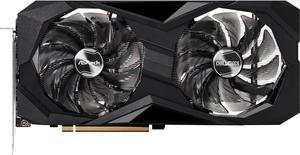
- Model #: RX6600 CLD 8G
- $259.99
- $219.99 –
- Save: 15%
- More options from $219.99 - $353.90
- Free Shipping
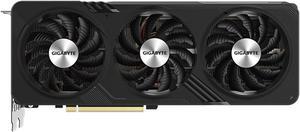
- Model #: GV-R76XTGAMING OC-16GD
- $359.99 –
- More options from $359.99 - $466.83
- Free Shipping
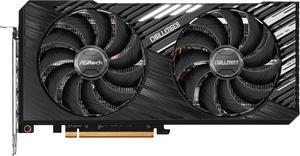
Get GPU Holder with selected graphics card purchase, limited offer
- Model #: RX7700XT CL 12GO
- $449.99 –
- More options from $449.99 - $608.35
- Free Shipping
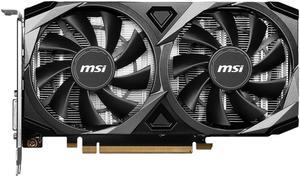
- Model #: RTX 3050 Ventus 2X XS 8G OC
- $221.99
- $219.99 –
- More options from $219.99 - $335.90
- Free Shipping
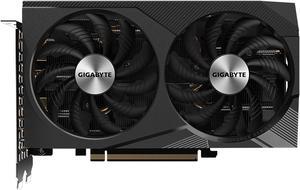
- Model #: GV-N3060WF2OC-12GD REV2.0
- $329.99
- $324.99 –
- More options from $324.99 - $449.90
- Free Shipping
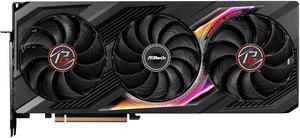
Get ELDEN RING NIGHTREIGN Deluxe Edition for PC with selected purchase, Limited Offer
- Model #: RX7900XTX PG 24GO
- $999.99
- $899.99 –
- Save: 10%
- More options from $899.99 - $1,330.48
- Free Shipping
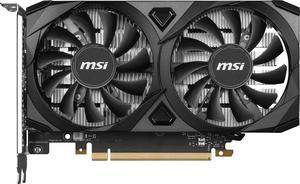
- Model #: RTX 3050 VENTUS 2X 6G OC
- $189.99 –
- More options from $189.99 - $289.90
- Free Shipping
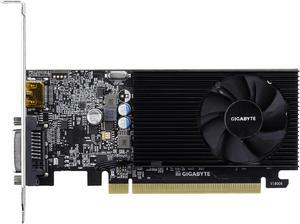
- Model #: GV-N1030D4-2GL
- $79.99
- $77.99 –
- More options from $49.99 - $152.10
- $9.99 Shipping
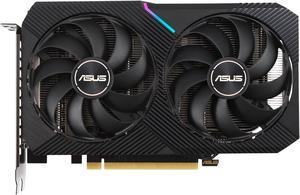
- Model #: DUAL-RTX3060-O12G-V2
- $329.99 –
- More options from $309.99 - $446.33
- Free Shipping
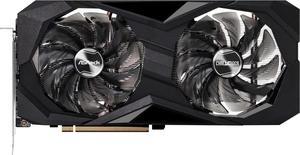
- Model #: RX7600 CL 8GO
- $279.99 –
- More options from $279.99 - $392.89
- Free Shipping
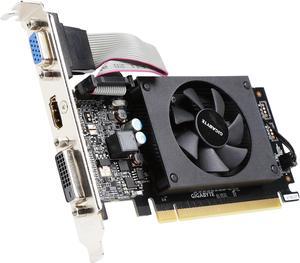
- Model #: GV-N710D3-2GL REV2.0
- $44.99
- $42.99 –
- More options from $34.99 - $92.86
- Est. Shipping Fee $6.99
Eligible for Free Shipping
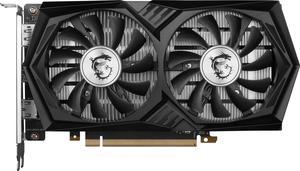
off w/ promo code JSET3Z297, limited offer
- Model #: RTX 3050 GAMING X 6G
- $199.99 –
- Free Shipping
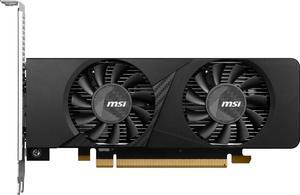
- Model #: RTX 3050 LP 6G OC
- $199.99 –
- More options from $199.99 - $253.14
- $19.99 Shipping
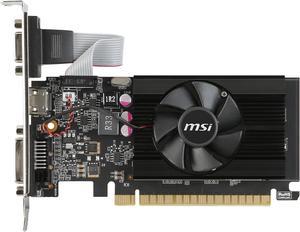
- Model #: GT 710 2GD3 LP
- $59.99 –
- More options from $59.99 - $110.73
- Free Shipping
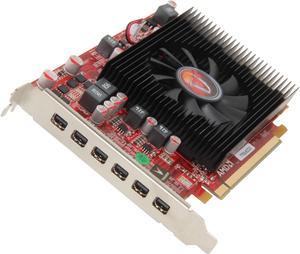
- $206.53 –
- More options from $205.18 - $274.99
- Special Shipping
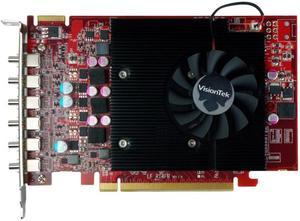
- $229.99 –
- More options from $229.99 - $376.41
- Free Shipping
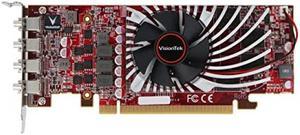
- Model #: 901466
- $199.99
- $143.99 –
- Save: 28%
- More options from $143.99 - $196.99
- Free Shipping
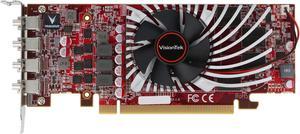
- $189.99 –
- More options from $181.40 - $246.99
- Free Shipping
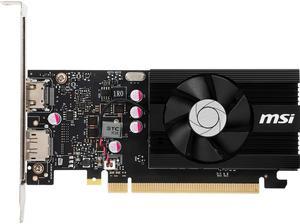
- Model #: GT 1030 4GD4 LP OC
- $99.99 –
- More options from $99.99 - $140.43
- Free Shipping
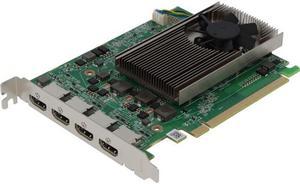
- $197.99 –
- More options from $197.99 - $287.95
- Free Shipping
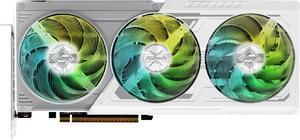
- Model #: RX9070XT SL 16G
- $699.99 –
- More options from $699.99 - $1,179.00
- $12.99 Shipping
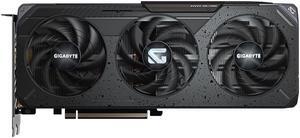
- Model #: GV-R9060XTGAMING OC-16GD
- $389.99 –
- Free Shipping
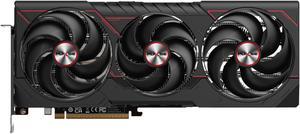
- Model #: 11348-03-20G
- $799.99
- $749.99 –
- Save: 6%
- More options from $749.99 - $1,154.00
- Free Shipping
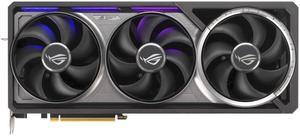
- Model #: ROG-ASTRAL-RTX5090-O32G-GAMING
- $3,359.99 –
- More options from $3,359.99 - $4,599.99
- Free Shipping
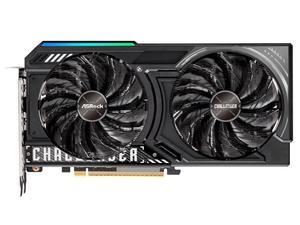
- Model #: RX9060XT CL 16GO
- $369.99 –
- Free Shipping
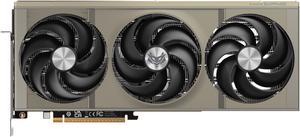
- Model #: 11348-01-20G
- $849.99
- $799.99 –
- Save: 5%
- More options from $799.99 - $1,269.90
- Free Shipping
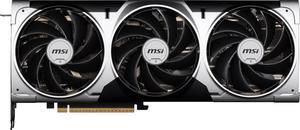
Get 850W PSU with selected graphics card purchase, limited offer
- Model #: RTX 5070 TI 16G VENTUS 3X OC
- $899.99 –
- More options from $899.99 - $1,399.00
- Free Shipping
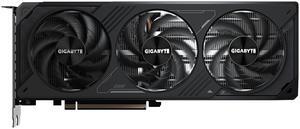
- Model #: GV-N5070WF3OC-12GD
- $609.99 –
- More options from $609.99 - $960.90
- Free Shipping
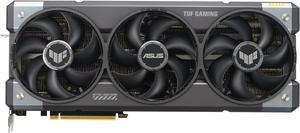
- Model #: TUF-RTX5070TI-O16G-GAMING
- $1,099.99
- $999.99 –
- Save: 9%
- More options from $999.99 - $1,499.90
- Free Shipping
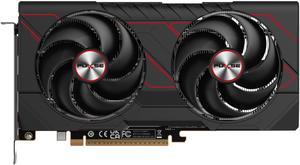
- Model #: 11350-03-20G
- $379.99 –
- Free Shipping
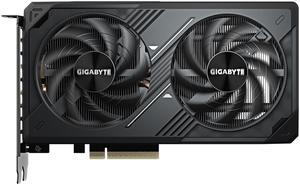
- Model #: GV-N5060WF2OC-8GD
- $299.99 –
- Free Shipping
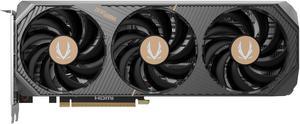
- Model #: ZT-B50710J3-10P
- $979.99
- $839.99 –
- Save: 14%
- More options from $839.99 - $1,103.00
- Free Shipping
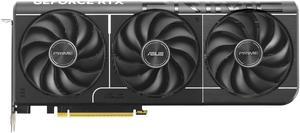
- Model #: PRIME-RTX5070-12G
- $609.99 –
- Sale Ends in 19 Hours -
- More options from $609.99 - $1,099.00
- Free Shipping
Understanding Graphics Card Types for Optimal Display Output
Graphics cards, housing both the GPU and essential hardware, interpret CPU data into monitor-rendered images. Today’s graphics cards have evolved from older standards like VGA (Video Graphics Array) to modern display interfaces such as HDMI, DisplayPort, and DVI, offering higher resolutions and improved image quality. Mainstream desktop graphics cards excel in gaming workloads, while workstation cards cater to professional design and scientific applications. While today's mainstream cards handle creative applications adeptly, workstation cards aren't optimized for gaming graphics engines and may not be powerful enough, making them underperform in gaming scenarios.
GPU vs Video Graphics Card
AMD, NVIDIA, and recently, Intel are the primary chipmakers crafting GPUs. Numerous manufacturers like ASUS, Gigabyte, MSI, and others produce desktop graphics cards for PCs. These manufacturers, known as board partners, assemble interfaces, cooling mechanisms, and components for GPUs, ensuring various customizations for cooling, overclocking, and other functionalities.
Key Features of NVIDIA and AMD Computer Graphics Cards for PCs
Historically, AMD and NVIDIA have dominated the GPU space, offering powerful graphics cards for PC users. Next-gen GPUs like NVIDIA RTX 40-series graphics cards (released Oct. 2022) offer some of the most powerful desktop graphics processing available. The AMD Radeon RX-7000 series cards occupy the mid-to-high range. Additionally, a newcomer to the GPU space, the Intel Arc A5 and A7 series graphics cards offer mid-range performance at competitive price points. Meanwhile, Intel Arc A3 series graphics cards offer an economicaly option for players interested in running contemporary games at standard settings. These Arc cards are available in gaming laptops from ASUS and MSI.
Ray-tracing for Lifelike Gameplay
Recent generations of NVIDIA RTX , such as the powerful RTX 4090 and AMD Radeon graphics cards introduced support for ray-traced graphics, an example of hardware-assisted graphics acceleration. This technology aims to enhance realism in gaming by simulating how light interacts with surfaces, resulting in more lifelike visuals. While ray tracing without dedicated hardware is possible, the latest advancements happen by way of dedicated cores built into your GPU. Tensor cores were added alongside the CUDA cores that traditionally handle the graphics load in gaming systems. Adding tensor cores into the mix allows graphics cards to handle more advanced workloads, most notably crunching number sets that are involved in machine learning.
How DLSS in GPUs Boosts Graphics Performance Using AI
DLSS, or Deep Learning Super Sampling, boosts gaming performance by rendering visuals at a lower resolution and then intelligently scaling them up to higher quality, all without overburdening your GPU. For example, say you want to play games on a 1440 (2k) monitor -- DLSS 2.0 does some of the processing for you -- with the help of NVIDIA supercomputers pushing some of your pixels. Your system assumes a 1080 workload while you play on 1440 image.
Understanding Graphics Card Size and PC Case Form Factor
GPU clearance is an umbrella term for the physical dimensions of graphics cards. Graphics cards are measured in millimeters by length, width, and thickness. Your PC case cannot be shorter or narrower than your graphics card. You can find low profile graphics cards that have compact builds to fit inside smaller case form factors.
GPU Cooling Systems: Keeping Your Graphics Card at the Right Temperature
When it comes to maintaining optimal performance and extending the lifespan of your GPU, cooling systems play a crucial role. Modern GPUs generate significant heat, especially during intense gaming or computational tasks. Effective cooling solutions help prevent overheating, which can lead to reduced performance, damage, or even complete failure.
Types of GPU Cooling Systems:
- Air Cooling: The most common method, using heat sinks and fans to dissipate heat.
- Liquid Cooling: A more efficient method, using a liquid coolant to absorb heat and transfer it to a radiator for dissipation.
- Hybrid Cooling: Combines air and liquid cooling for optimal performance.
Graphics Card Thickness and PC Case Rear Panel
Desktop graphics cards fit into the PCIe-x16 slot in a computer motherboard. The external interface of the graphics card contains the video inputs where you plug in display cables and slots into the rear panel of the PC case. Flagship graphics cards are thick and occupy between three and four slots on the rear panel. Less powerful graphics cards may fit into two slots. Even though a card typically only takes up two or three ports in the case, if it's got a fan shroud and a big heatsink, then it can end up partially blocking an extra adjacent slot.
Check Your Graphics Card Power Connectors for PSU Compatibility
Most gaming graphics cards power requirement exceeds the 75-watt maximum standard provided by PCIe slots. Graphics cards receive supplemental power from a PC power supply (PSU). Power connectors for graphics cards that usually come in 8-pin and 6-pin varieties. More powerful graphics cards like NVIDIA 30-series and later and AMD Radeon RX 6000 series and later may require up to four 8-pin connectors. In terms of wattages, graphics cards list a Thermal Design Power (TDP) rating in Watts in the product specifications. The TDP rating listed is for the graphics card only. You will also want to calculate your system power with the Power Supply Calculator if you are considering whether your existing power supply can handle a graphics card upgrade.
GPU Power Consumption: Understanding Your Graphics Card's Energy Needs
GPUs require significant power to operate, especially high-end models. Understanding your GPU's power consumption is essential to ensure compatibility with your power supply unit (PSU) and prevent overheating. Factors Affecting GPU Power Consumption:
Factors Affecting GPU Power Consumption:
- GPU Architecture: Different architectures have varying power requirements.
- Clock Speed: Higher clock speeds increase power consumption.
- Memory and Bandwidth: Increased memory and bandwidth require more power.
- Cooling Systems: Inefficient cooling can lead to increased power consumption.
Calculating Your GPU's Power Consumption:
- Thermal Design Power (TDP): Check your GPU's TDP rating, usually listed in watts.
- Power Supply Calculator: Use online tools to calculate your system's total power requirements.
Match the Graphics Card to Virtual Reality Usage
If you intend to use PC VR platforms, video graphics cards are an important element. Then you'll need to use, at the very least, mid-range workstation graphics cards that have optimal performance levels. In fact, you just might want to concentrate on the high-end models of video cards that are intended for gaming. These are well-optimized to support virtual reality gaming. There are some lower cost options you can use. However, most seasoned gamers will advise you to go for the top-tier desktop graphics cards if you're looking for seamless virtual reality gaming.
The Future of Modern Graphics & Video Cards
Modern graphics cards enhance performance and also improve energy efficiency. Technologies like AMD's ZeroCore and NVIDIA's power management ensure that your gaming or professional tasks are handled efficiently, reducing electricity costs and extending the lifespan of your components.
Shop High-Performance Graphics Cards at Newegg
Find the perfect GPU for your needs from our wide selection of video graphics cards and elevate your computing experience. Whether for intense gaming or demanding professional applications, shop Newegg’s top deals for our latest graphics cards for top-tier performance and reliability.
Bestselling GPUs / Video Graphics Cards Reviews:
“ After waiting a long time to get my hands on the latest GPUs, but striking out due to a lot of them being way above MSRP and out of stock. I really love how visually aggressive and slim this GPU is, especially in my Fractal Meshify S2. ”
MSI Ventus GeForce RTX 3060 12GB GDDR6 PCI Express 4.0 Graphics Card RTX 3060 Ventus 2X 12G OC“ Size is a big factor here. This card is the size of what GPUs used to be for 10 years and only more recently became these monstrosities we see today. ”
SAPPHIRE Radeon RX 7900 XT 20GB GDDR6 PCI Express 4.0 Graphics Card 21323-01-20G“ Although this card is older than the current generation of GPUs, Its hardware specs are still supreme and the cost to performance is about the same for half the price of 40-50 series currently. ”
SAPPHIRE NITRO+ Radeon RX 7900 XTX 24GB GDDR6 PCI Express 4.0 x16 ATX Graphics Card 11322-01-40G“ The RGB is crisp and accurate (something I feel is lacking in a lot of GPUs) matching my corsair RGB perfectly, plus I do not need to install software to use it. ”
SAPPHIRE NITRO+ Radeon RX 7900 XTX 24GB GDDR6 PCI Express 4.0 x16 ATX Graphics Card 11322-01-40G“ With the new generation of gpus coming out, I think it's a personalized decision whether to still buy this card at around . I am happily surprised by the build quality of sapphire and will most likely buy the next high end gpu they release ”
SAPPHIRE NITRO+ Radeon RX 7900 XTX 24GB GDDR6 PCI Express 4.0 x16 ATX Graphics Card 11322-01-40G“ Overall, maybe not a worthwhile upgrade from the previous generation AMD gpus unless you're needing all the extra power you can get, and also want to stay AMD or have other reasons such as I did. ”
ASRock Challenger Radeon RX 7800 XT 16GB GDDR6 PCI Express 4.0 x16 ATX Graphics Card RX7800XT CL 16GO“ 16GB VRAM. This should be default for GPU these day. ”
ASUS TUF Gaming NVIDIA GeForce RTX 4070 Ti SUPER Gaming Graphics Card (PCIe 4.0, 16GB GDDR6X, HDMI 2.1a, DisplayPort 1.4a) TUF-RTX4070TIS-16G-GAMING“ I've only owned high end GPUs for the last 10 years and I do feel like this is the best overall card I've owned. ”
SAPPHIRE NITRO+ Radeon RX 7900 XTX 24GB GDDR6 PCI Express 4.0 x16 ATX Graphics Card 11322-01-40G


















